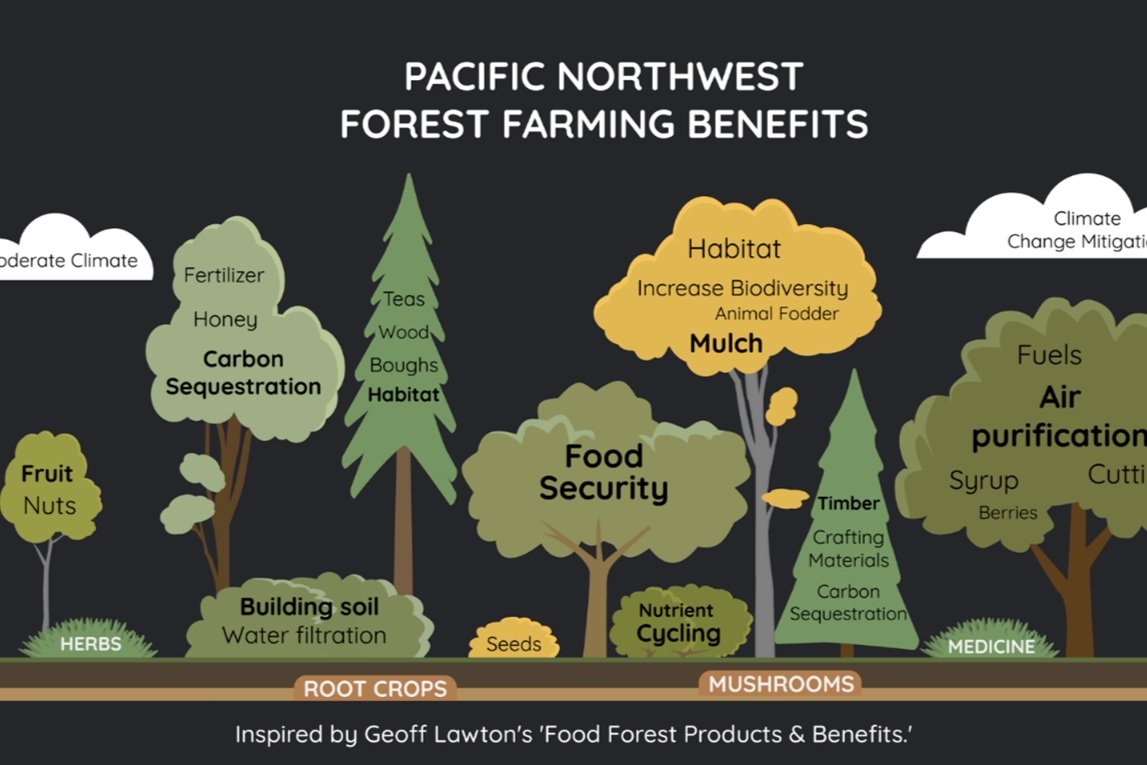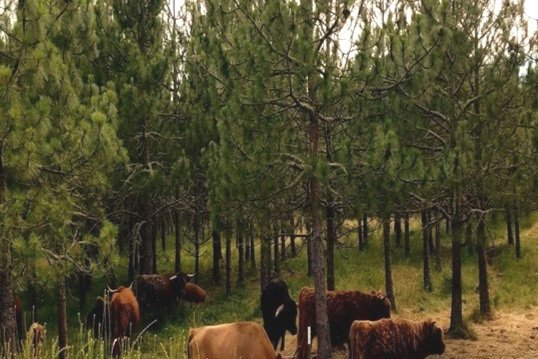Agroforestry
The term agroforestry describes a diverse and creative range of practices that integrates trees/shrubs, annual crops, livestock production, and forestry into complex land management systems that provide ecological, economic, cultural, and social benefits to landowner and communities.
As we face a changing climate in the PNW, agroforestry is increasingly seen as a critical solution for farms and forests to adapt to these new and unpredictable weather events. It also offers landowners a way to proactively use their land as part of the solution as these systems have great potential for carbon sequestration and long-term storage.
Reach out to us for technical assistance, site visits, education, and resources on agroforestry for your land or community.
What’s Wet Feet Farming?
Wet Feet Farming is the application of agroforestry practices such as alley cropping, food forests, working buffers, and hedgerows to wet areas on farmland in order to increase production and maximize ecological benefits.
A farm that used to get three cuttings of hay in one growing season may have such soggy conditions on the shoulder seasons that they can only get equipment out for one cutting. There may be fields that are harder to turn livestock out on for grazing or that have become hard to access with equipment necessary to cultivate annual crops in the spring.
Examples of agroforestry practices:
Alley Cropping
is the planting of rows of productive trees and/or shrubs to create alleys within which agricultural or horticultural crops are produced.
Food Forests
is a system that mimics the structure and function of a natural forest ecosystem dominated by both native and non-native food and medicinal trees and shrubs and incorporating plants for pollinators, nutrient cycling, and other ecological functions.
Forest Farming
is the intentional cultivation of edible, medicinal, or decorative specialty crops beneath native or planted woodlands that are managed for both wood and understory crop production.
Silvopasture
is the intentional combination of productive trees, forage plants, and livestock together as in integrated, intensively-managed system.
Windbreaks
are linear plantings of trees and/or shrubs to block and direct wind in order to protect crops, livestock, or structures.
Riparian Forest Buffers
are the lands and plant communities that represent transitional zones between terrestrial and aquatic ecosystems and are some of the most biodiverse ecosystems in North America.
Ongoing Projects
We are adapting agroforestry in our region to meet specific ecological, economic, and social needs. We are using agroforestry practices and techniques to build resilience for our farm and forest lands. Check out some of our current work adapting agroforestry to regionally specific concerns!
Washington Department of Agriculture & Western Sustainable Agriculture Research & Education (SARE)
Snohomish, Skagit, and Whidbey Island Conservation Districts and WSU Extension Forestry are partnering to spread awareness about agroforestry in the Puget Sound region. With the support of the WSDA Specialty Crop Block Grant and Western Sustainable Agriculture Research and Education programs, we’re researching how agroforestry practices can help farmers add economic, social, and ecological value to wet farmland, field edges, and areas along water bodies.
Regenerative Riverscape Agroforestry

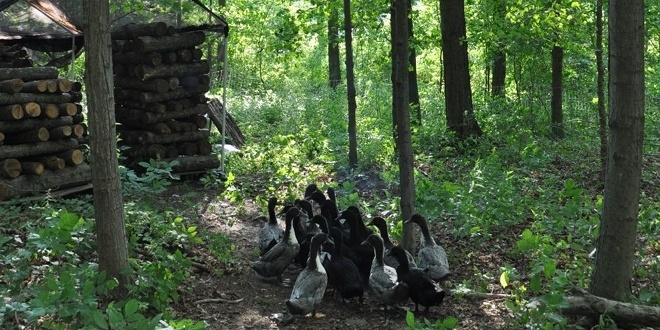
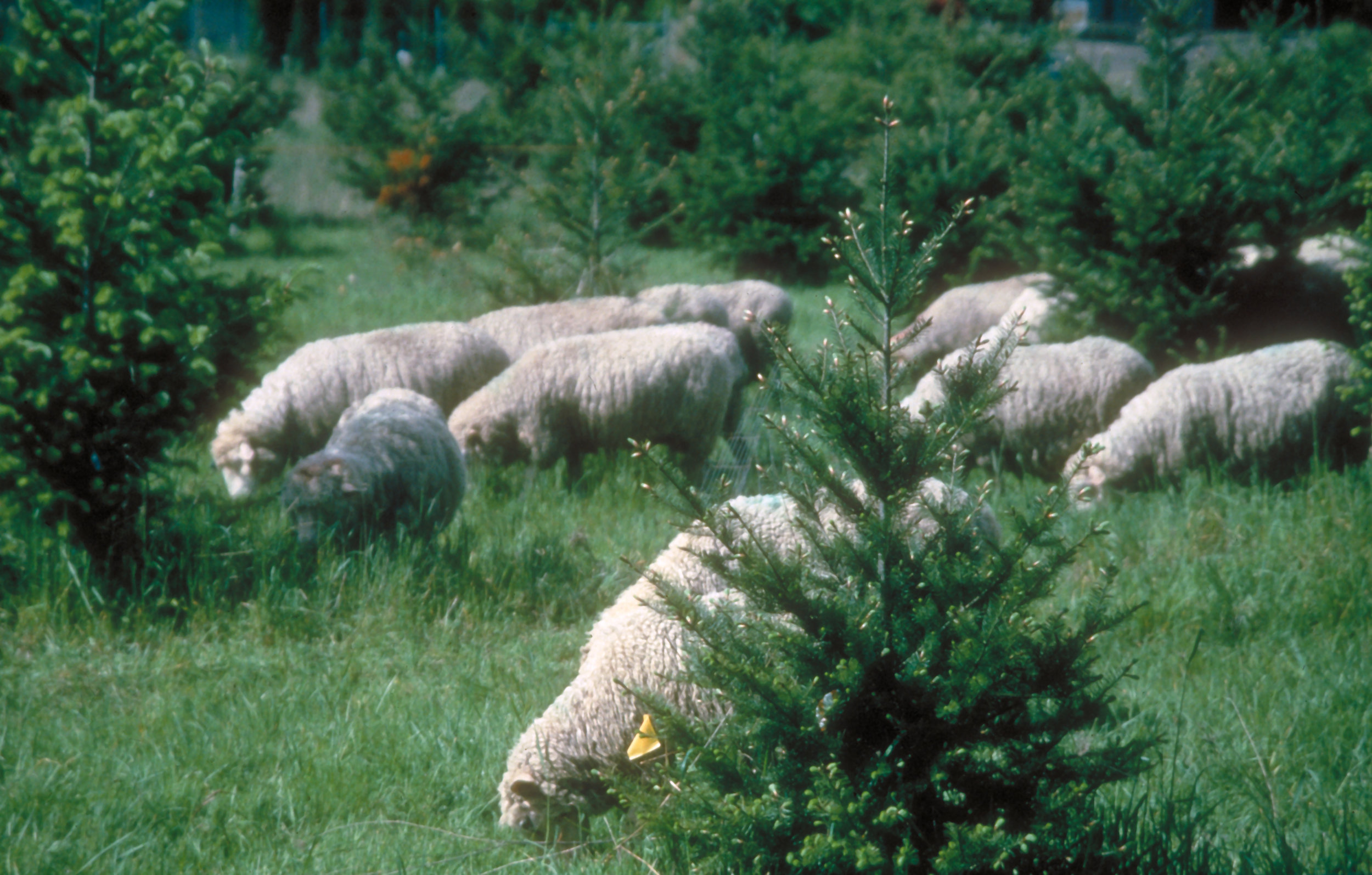
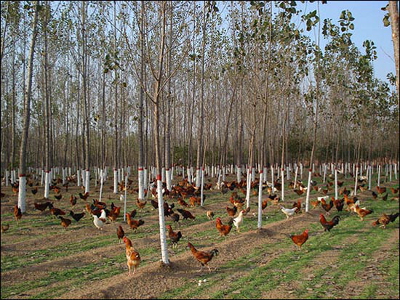
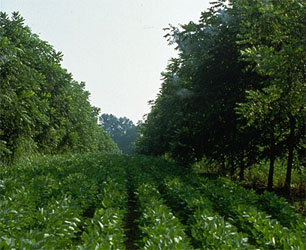
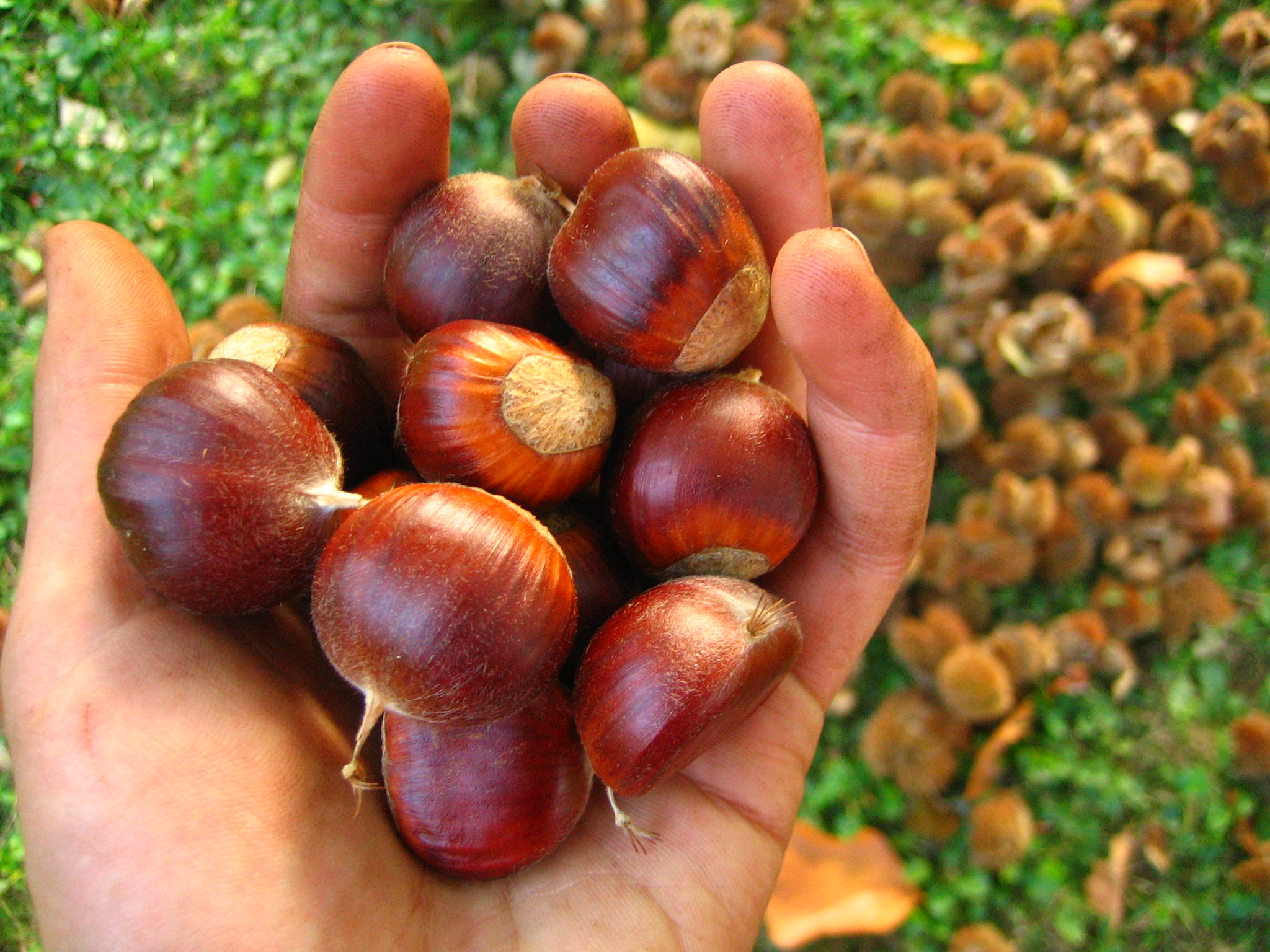
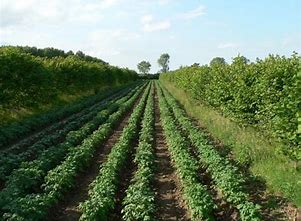
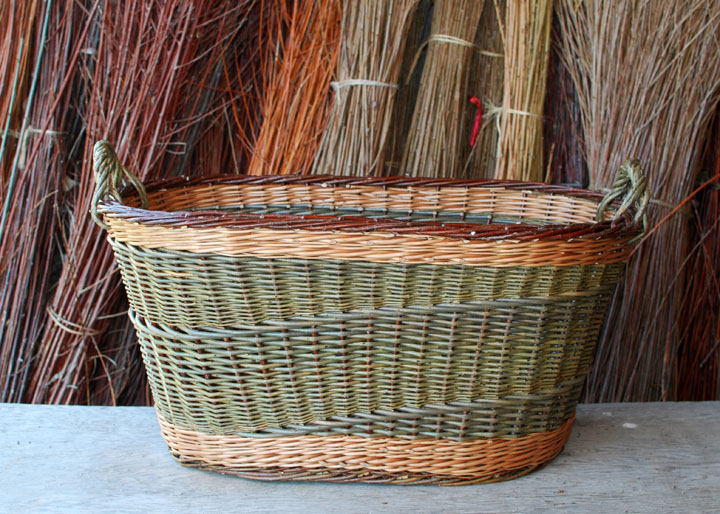
Current PNW river-scale conditions are the product of both technical and cultural drivers. To change the future condition of our riverscapes we need to develop both cultural and technical strategies that change on-the-ground stewardship efforts. Cultural strategies involve the cultivation of regenerative stewardship and harvest by people.
The goal of current projects around productive riparian forest buffers is to build Agroforestry Riparian Restoration Models that represent how riparian agroforestry is designed and managed on a mosaic of public, private, and treaty trust right lands. This work is built off a model already being developed on Tulalip owned riparian land on the Skykomish River working with a broad scope of stakeholders to design and prototype appropriate riparian forest cultivation and management.
We are also working towards developing mechanisms for a diverse community of people to engage with and develop a knowledge and relationship to river/forest ecology and restoration by developing a strong local network of stakeholders, volunteers, and researchers. Community knowledge and relationship building takes time.
We continue to work towards the goals of shifting riparian forest restoration towards a community-building effort that strengthens rural economies with riparian forest designs that produce native plant seeds, cuttings, and divisions to support restoration, and generate food, floral, craft and medicinal products for specialty markets.
Upcoming Events
Any future agroforestry events will be listed here.
Stories about Agroforestry
Climate Resilience for Rural Properties
Watch to learn how we can all be empowered to adapt to and help mitigate the effects of a changing climate.
Changes in our climate are having a plethora of effects across our landscapes. Many of us wonder what we might do to protect the beauty, diversity, and production of our communities.
Working Buffers
Find out how working buffers can benefit farmers by producing crops and also prevent pollution, reduce flooding, provide wildlife habitat, and more!
Narrated by Carrie Brausieck. Video edited and produced by Lorenzo Townsend.
“With even a modest level of adoption, agroforestry could sequester 2.2 gigatons of carbon per year, more than any other agriculture land management approach out there. How much more carbon could we store if agroforestry were widely adopted?” — IPCC (2000); Jose & Barhan (2012) Agroforestry Systems
View recordings, resources, and more from our Carbon Crushers series here.
Additional Resources
Learn more about agroforestry:




